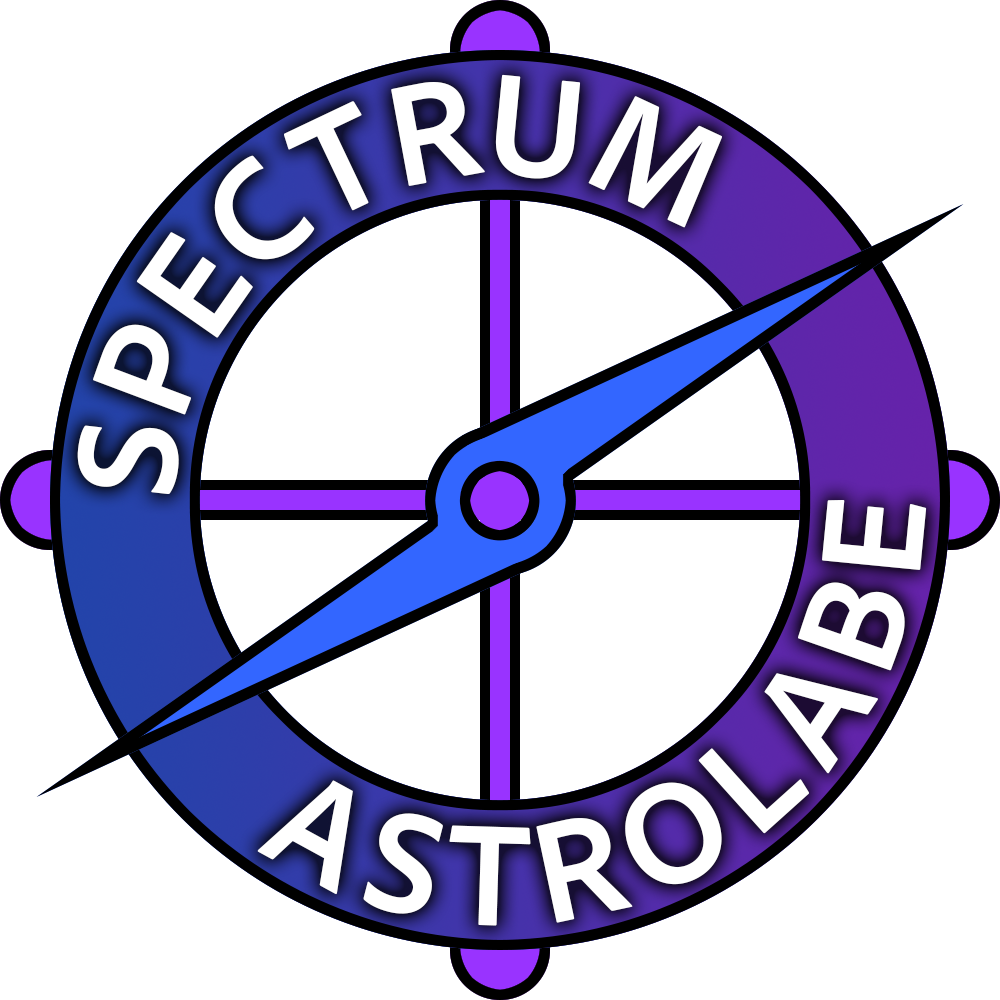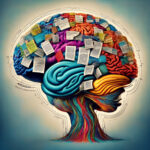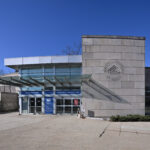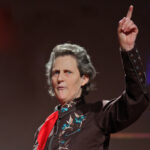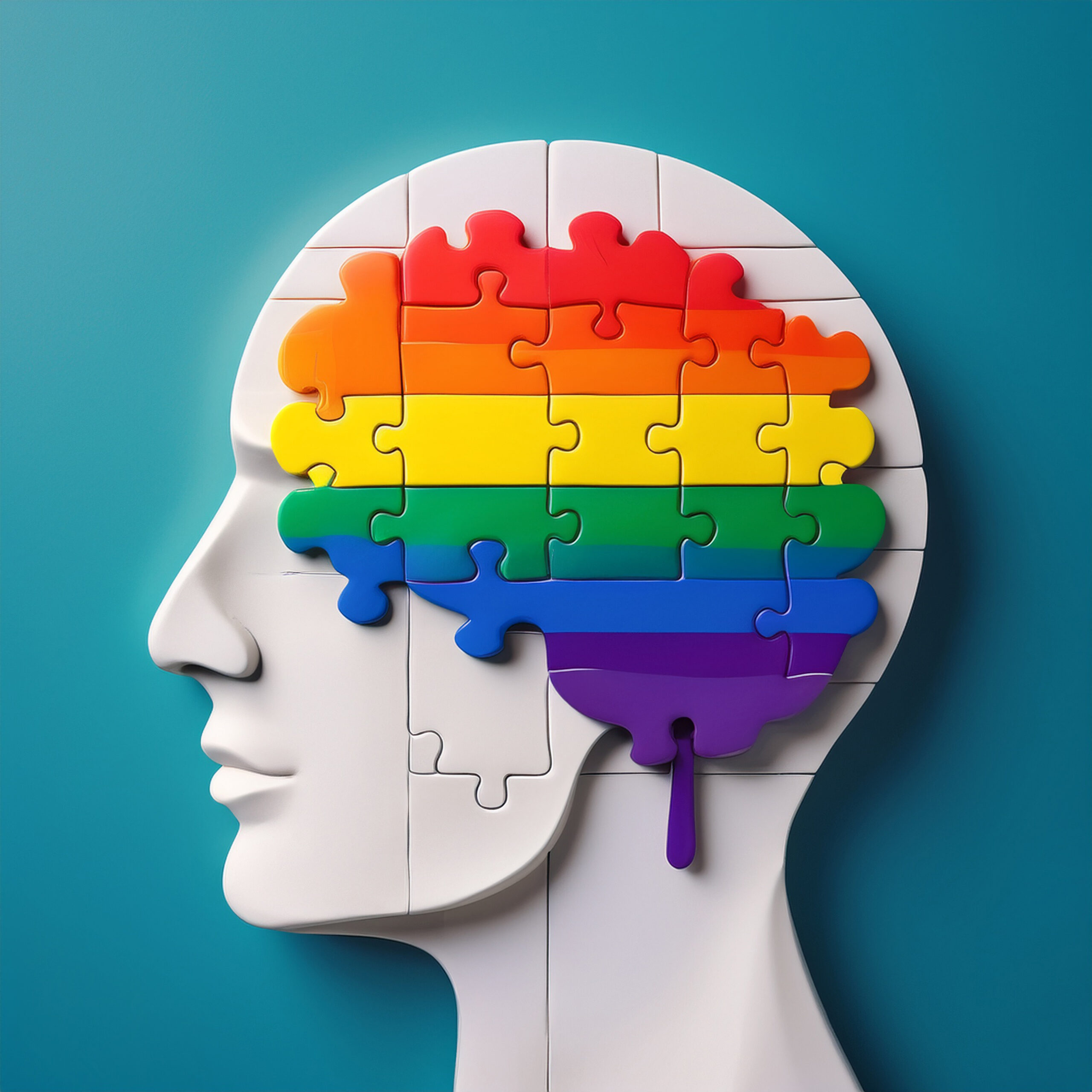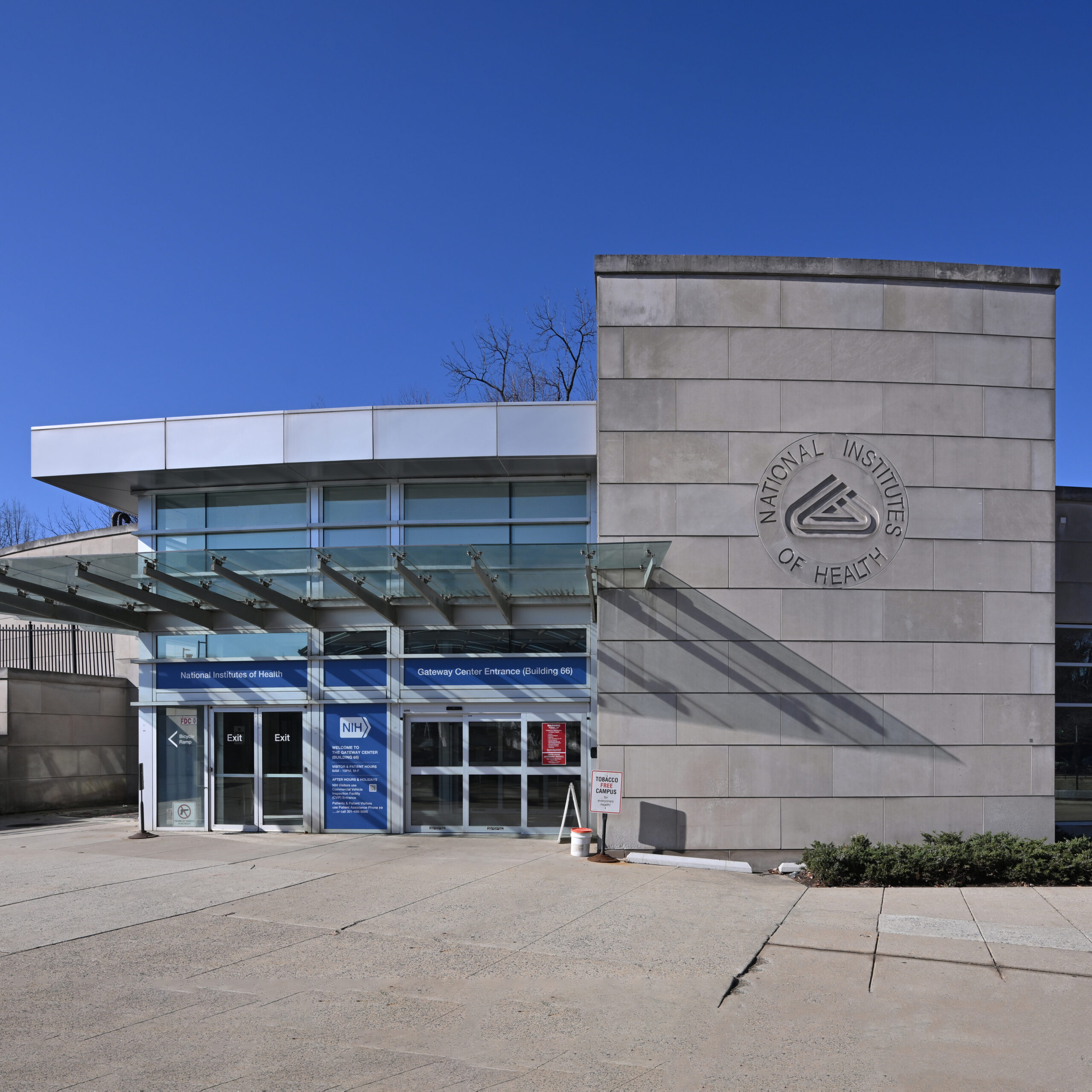In recognition of Pride Month, many neurodivergent communities are reflecting on a question that surfaces time and again: Why do so many autistic and otherwise neurodivergent people also identify as LGBTQIA+? In support groups, online forums, and community events, it’s common to notice a remarkable overlap between these identities. This is not just a coincidence.
Let’s explore the research and theories that help explain this intersection.
The Numbers Don’t Lie
The numbers tell a clear story: neurodivergent people are much more likely to identify as LGBTQIA+ than their neurotypical peers. In the general UK population, about 3 percent of people identify as lesbian, gay, or bisexual, while between 15 and 20 percent are considered neurodivergent in some way. But when researchers look at those who are both, the overlap is far greater than these basic statistics would suggest.
For example, a major study found that autistic people are eight times more likely to identify as LGBTQ+ than non-autistic people. Other research shows that autistic individuals are three times more likely to identify as transgender. Rates of asexuality are also much higher, with some studies finding neurodivergent people are eight times as likely to identify as asexual compared to neurotypical people.
A recent survey of more than 14,000 people found that pansexual respondents were the most likely to also identify as neurodivergent. Almost three out of four pansexual people in the study reported a neurodivergent identity. Bisexual and gay respondents also reported high rates of neurodivergence, both above 60 percent, while less than half of straight respondents said the same. People who described their gender outside the male/female binary were even more likely to be neurodivergent, with more than three out of four reporting a neurodivergent identity.
These patterns are not limited to one country or one community. Multiple large studies have found that transgender and gender-diverse people have higher rates of autism and other neurodevelopmental differences. In one study, only 57 percent of autistic women said they were straight, compared to 82 percent of autistic men. The rest reported attraction to more than one gender or to none at all.
Kit, who is autistic and panromantic demisexual, put it this way: “With being neurodivergent, a lot of people already challenge the status quo when it comes to social traditions and social rules, so what’s to say that the way they love is any different?”
Why the Overlap? Theories and Perspectives
Researchers and community members have offered a range of ideas to explain why neurodivergent people are more likely to be LGBTQIA+. There is no single answer, but several themes come up again and again. Some of the most discussed theories include:
- Many neurodivergent people, especially those on the autism spectrum, are less likely to be guided by traditional expectations about gender and sexuality. This independence from social pressure can make it easier to question or reject the usual rules about gender and sexuality.
- Neurodivergent individuals often question or ignore binary categories, such as male/female or straight/gay, and may feel more comfortable expressing identities that fall outside these traditional boxes.
- People who are neurodivergent may interpret social cues and relationships differently, which can lead to less pressure to conform and more freedom to explore identity.
- Many neurodivergent people spend significant time reflecting on who they are, sometimes because they already feel different. This can lead to greater self-awareness and acceptance of LGBTQIA+ identities.
- Both neurodivergent and LGBTQIA+ people often have to “come out” repeatedly, which can foster a deeper engagement with personal identity and community.
- Some research suggests that neurodivergent people may be less worried about being judged, which allows them to express their gender identity or sexual orientation more freely.
- Both groups experience higher rates of stigma and mental health challenges, which can lead to solidarity and overlapping communities.
- Some studies suggest there may be biological or genetic factors that contribute to both neurodivergence and variations in gender or sexual identity.
- The rise in supportive peer groups and inclusive environments, such as LGBTQ+ neurodiverse support groups, may also facilitate more open self-identification.
While these theories are supported by both research and lived experience, experts agree that the full picture is complex and still being explored. What is clear is that the intersection of neurodivergence and LGBTQIA+ identity is real, significant, and deserving of greater understanding and support.
Double-Edged Swords: Challenges and Joy
Living at the intersection of neurodivergence and LGBTQIA+ identity can present both challenges and rewards. Some people experience “double minority” stress, facing stigma from the wider world and sometimes from within their own communities. Masking is common, and hiding parts of oneself to fit in can be exhausting.
Nevertheless, there is joy in authenticity. John Anderson from The Brain Charity stated, “There is so much joy to be found in acceptance and pride, whether accepting your neurodivergence as a strength and an inherent part of you or coming to terms with your true gender identity. The world is slowly catching up.”
The Takeaway
Anyone who is both neurodivergent and LGBTQIA+ is not alone. This overlap is real, and it is something to celebrate. Pride Month serves as a reminder that breaking the rules, whether about gender, love, or how a brain should work, is not only acceptable but also something to be proud of.
Citations
- Baron-Cohen, S., et al. (2020). Prevalence of autism and LGBTQ+ identities in the UK. Journal of Autism and Developmental Disorders, 50(3), 849-860.
- Counselling Directory. (2024, June 13). ADHD, autism and LGBTQ+ identities – the neuroqueer experience. https://www.counselling-directory.org.uk/articles/adhd-autism-and-lgbtq-identities-the-neuroqueer-experience
- Davies, H. (2024, August 8). Embracing neurodiversity and queer identities. SEE Change Happen. https://seechangehappen.co.uk/embracing-neurodiversity-and-queer-identities/
- Kaleidoscope. (2025, April 7). Home. https://www.kaleidoscopelgbtq.org
- Learnfully. (2024, November 12). The link between neurodiversity and the LGBTQIA+ community. https://learnfully.com/the-link-between-neurodiversity-and-the-lgbtqia-community/
- NHS Dorset. (2024). LGBTQ+ – Neurodiversity. https://www.dorsethealthcare.nhs.uk
- PMC10806377. (2023). Considerations for expanding research and clinical care for the neurodivergent gender diverse population. https://pmc.ncbi.nlm.nih.gov/articles/PMC10806377/
- PMC11961925. (2025). Examining the mental health symptoms of neurodivergent individuals across demographic and identity factors. https://pmc.ncbi.nlm.nih.gov/articles/PMC11961925/
- PMC9567677. (2022). Neurodevelopmental disorders and gender dysphoria: a fertile relationship? https://pmc.ncbi.nlm.nih.gov/articles/PMC9567677/
- Sarris, M. (2024, June 12). Autistic people more likely to identify as LGBTQ. SPARK for Autism. https://sparkforautism.org/discover_article/autism-lgbtq-identity/
- The Brain Charity. (2024). LGBTQIA+ and neurodiversity: The links between neurodivergence and being LGBTQ+. https://www.thebraincharity.org.uk/lgbtqia-neurodiversity-neurodivergent-lgbtq/
- The LOFT Gay Center. (2024). LGBTQ+ Neurodiverse Peer Support Group. https://www.loftgaycenter.org/lgbtq_neurodiverse_peer_support_group
- The Transmitter. (2023). Largest study to date confirms overlap between autism and gender diversity. https://www.thetransmitter.org/spectrum/largest-study-to-date-confirms-overlap-between-autism-and-gender-diversity/
- Wikipedia. (2021). Autism and LGBTQ identities. https://en.wikipedia.org/wiki/Autism_and_LGBTQ_identities
